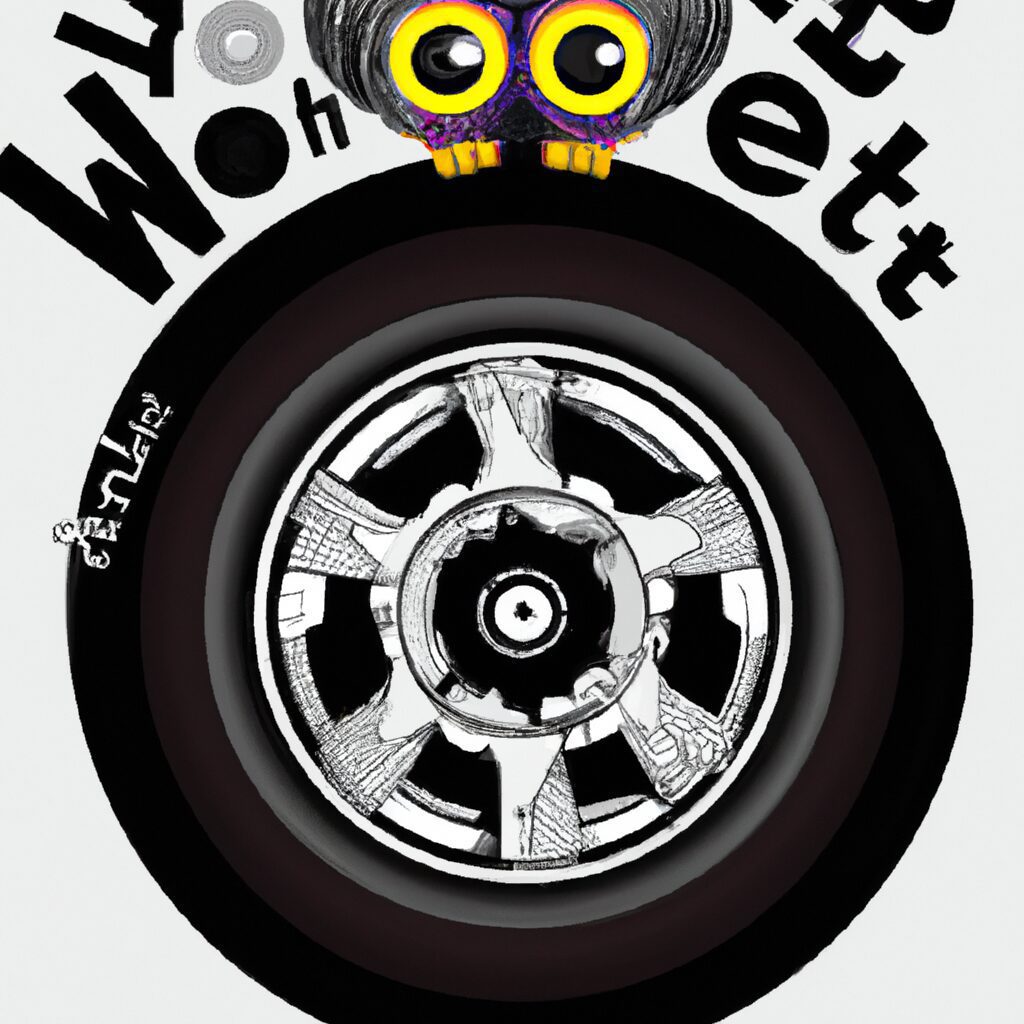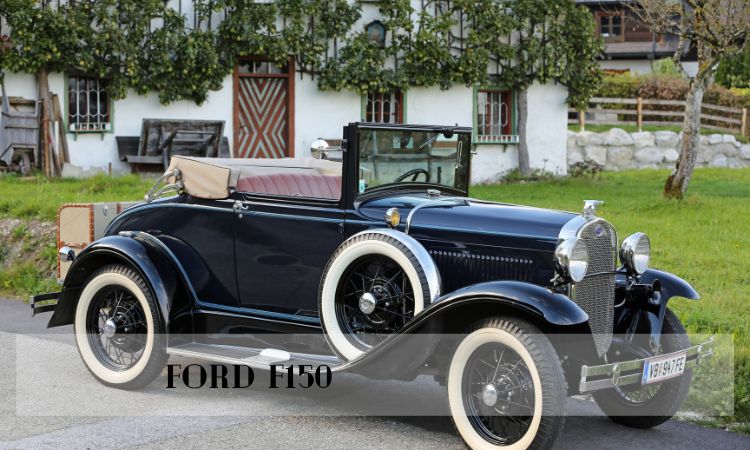what does owl mean on tires
Introduction
Owl on tires is a term used to describe a type of tire that is designed for maximum performance and durability. It is a type of tire that is designed to provide superior traction and handling in all types of weather conditions. The owl symbol on the tire indicates that it is an all-weather tire, meaning that it is designed to perform well in both wet and dry conditions. The owl symbol also indicates that the tire is designed to provide superior grip and handling in all types of terrain, from city streets to off-road trails.
What Does the Owl Symbol Mean on Tires?
The owl symbol on tires is a sign of a tire’s ability to provide superior wet traction. This symbol is used to indicate that the tire has been designed to provide superior grip on wet roads, helping to reduce the risk of hydroplaning and other dangerous driving conditions. The owl symbol is also used to indicate that the tire has been designed to provide a quieter ride, as well as improved fuel efficiency.
The owl symbol is a sign of quality and performance, and is often found on tires from leading tire manufacturers. It is important to note that the presence of the owl symbol does not guarantee that the tire will provide superior wet traction, as other factors such as tire pressure, tread depth, and tire wear can also affect the tire’s performance. It is important to regularly check the tire pressure and tread depth of your tires to ensure that they are performing optimally.
The Benefits of Using Tires with the Owl Symbol
The owl symbol is a sign of quality assurance for tires. It is a mark of approval from the Tire and Rim Association (TRA) that indicates that the tires have been tested and meet the highest standards of safety and performance. Tires with the owl symbol are designed to provide superior performance and safety in all types of driving conditions.
The owl symbol is a sign of quality assurance for tires because it indicates that the tires have been tested and meet the highest standards of safety and performance. Tires with the owl symbol are designed to provide superior traction, handling, and braking in all types of driving conditions. They are also designed to provide a longer tread life, which can help to reduce the cost of tire replacement over time.
The owl symbol also indicates that the tires have been tested for resistance to punctures, cuts, and other damage. This helps to ensure that the tires will be able to withstand the rigors of everyday driving. Additionally, tires with the owl symbol are designed to provide a comfortable ride, with reduced noise and vibration.
Finally, tires with the owl symbol are designed to provide superior performance in wet and icy conditions. This is especially important for drivers who live in areas with frequent inclement weather. Tires with the owl symbol are designed to provide superior traction and handling in wet and icy conditions, helping to reduce the risk of accidents.
In conclusion, tires with the owl symbol are designed to provide superior performance and safety in all types of driving conditions. They are tested for resistance to punctures, cuts, and other damage, and are designed to provide a comfortable ride with reduced noise and vibration. Additionally, they are designed to provide superior performance in wet and icy conditions, helping to reduce the risk of accidents. For these reasons, tires with the owl symbol are a great choice for drivers who want to ensure the highest level of safety and performance.
How to Read Tire Sidewall Markings with the Owl Symbol
Reading tire sidewall markings with the owl symbol is an important part of understanding the specifications of a tire. The owl symbol is a universal symbol that indicates the tire meets the standards of the U.S. Department of Transportation (DOT). The symbol is typically found on the sidewall of the tire and is composed of a circle with an owl inside.
The first two numbers and letters of the DOT code indicate the tire manufacturer and plant code. The next two numbers indicate the tire size. The next two numbers indicate the tire’s service description, which includes the load index and speed rating. The load index is a numerical code that corresponds to the maximum load the tire can carry. The speed rating indicates the maximum speed the tire can safely handle.
The last four numbers of the DOT code indicate the week and year the tire was manufactured. The first two numbers indicate the week of the year, and the last two numbers indicate the year. For example, if the last four numbers are “1219”, the tire was manufactured in the 12th week of 2019.
It is important to note that the DOT code is not the only information found on the sidewall of the tire. Other information includes the tire’s size, load index, speed rating, and other specifications. It is important to read all of the information on the sidewall to ensure the tire is suitable for your vehicle.
By understanding the meaning of the owl symbol and the information found on the sidewall of the tire, you can make an informed decision when selecting a tire for your vehicle.
The History of the Owl Symbol on Tires
The owl symbol has been used on tires for many years, and its history is steeped in symbolism and tradition. The owl has long been associated with wisdom, knowledge, and protection, and its use on tires is no exception.
The owl symbol first appeared on tires in the early 1900s. At the time, the symbol was used to represent the tire’s durability and reliability. The owl was chosen because of its association with wisdom and knowledge, and its ability to see in the dark. This was meant to convey the idea that the tire was reliable and could be trusted to perform in any situation.
In the 1950s, the owl symbol was adopted by the Goodyear Tire and Rubber Company. The company used the symbol to represent its commitment to quality and safety. The owl was chosen because of its association with wisdom and knowledge, and its ability to see in the dark. This was meant to convey the idea that Goodyear tires were reliable and could be trusted to perform in any situation.
Today, the owl symbol is still used on tires to represent quality and reliability. The symbol is often used in combination with other symbols, such as the Goodyear logo, to further emphasize the tire’s quality and reliability. The owl symbol is also used to represent the tire’s ability to provide a safe and comfortable ride.
The owl symbol is a timeless symbol that has been used on tires for many years. Its history is steeped in symbolism and tradition, and its use on tires is a testament to the tire’s quality and reliability. The owl symbol is a reminder that tires can be trusted to perform in any situation, and that they are a reliable and safe choice for drivers.
The Different Types of Tires with the Owl Symbol
The owl symbol is a common sight on tires, and it is used to indicate that the tire meets certain safety standards. There are several different types of tires that feature the owl symbol, each of which is designed for a specific purpose.
The first type of tire with the owl symbol is the all-season tire. These tires are designed to provide a balance of performance in both wet and dry conditions. They are ideal for everyday driving, as they provide good traction and handling in a variety of conditions.
The second type of tire with the owl symbol is the winter tire. These tires are designed to provide superior traction and handling in cold and icy conditions. They are made with a special rubber compound that remains flexible in cold temperatures, allowing them to grip the road better than all-season tires.
The third type of tire with the owl symbol is the performance tire. These tires are designed to provide maximum grip and handling in dry conditions. They are made with a special rubber compound that provides superior traction and handling in dry conditions.
Finally, the fourth type of tire with the owl symbol is the off-road tire. These tires are designed to provide superior traction and handling in off-road conditions. They are made with a special rubber compound that provides superior traction and handling in off-road conditions.
In conclusion, the owl symbol is a common sight on tires, and it is used to indicate that the tire meets certain safety standards. There are four different types of tires that feature the owl symbol, each of which is designed for a specific purpose. All-season tires are designed for everyday driving, winter tires are designed for cold and icy conditions, performance tires are designed for dry conditions, and off-road tires are designed for off-road conditions.
How to Choose the Right Tire with the Owl Symbol
When it comes to choosing the right tire for your vehicle, the owl symbol can be a helpful guide. The owl symbol is a universal symbol used to indicate that a tire has been designed to provide superior performance in wet conditions. This symbol is typically found on the sidewall of the tire and is usually accompanied by a number that indicates the tire’s treadwear rating.
When selecting a tire with the owl symbol, it is important to consider the type of vehicle you are driving and the type of driving you do. For example, if you drive a car that is used for daily commuting, you may want to choose a tire with a higher treadwear rating. This will ensure that your tire will last longer and provide better performance in wet conditions.
In addition to the treadwear rating, you should also consider the type of tire you are looking for. For example, if you are looking for a tire that provides superior performance in wet conditions, you may want to choose a tire with a higher speed rating. This will ensure that your tire can handle higher speeds in wet conditions.
Finally, you should also consider the size of the tire you are looking for. Different sizes of tires are designed to fit different vehicles, so it is important to make sure that the tire you choose is the correct size for your vehicle.
By taking the time to consider these factors, you can ensure that you choose the right tire with the owl symbol for your vehicle. This will help to ensure that your vehicle is safe and performs well in wet conditions.
The Pros and Cons of Tires with the Owl Symbol
The owl symbol is a common sight on tires, and it is often used to indicate that the tire has been designed to provide superior performance in wet conditions. While tires with the owl symbol may offer some advantages, there are also some potential drawbacks to consider.
Pros
The primary benefit of tires with the owl symbol is improved traction in wet conditions. The tread pattern of these tires is designed to channel water away from the tire, which helps to reduce the risk of hydroplaning. This can be especially beneficial in areas that experience frequent rain or snow. Additionally, tires with the owl symbol often feature a higher tread depth, which can help to improve the overall lifespan of the tire.
Cons
One potential downside of tires with the owl symbol is that they may not provide the same level of performance in dry conditions. The tread pattern of these tires is designed to provide superior traction in wet conditions, but it may not be as effective in dry conditions. Additionally, tires with the owl symbol may be more expensive than other types of tires, so they may not be the most cost-effective option.
Overall, tires with the owl symbol can provide improved traction in wet conditions, but they may not be the best choice for all drivers. It is important to consider the pros and cons of these tires before making a purchase.
The Impact of the Owl Symbol on Tire Performance
The owl has long been a symbol of wisdom and knowledge, and its presence in the tire industry is no exception. In recent years, the owl symbol has become increasingly associated with tire performance, as manufacturers have begun to incorporate the owl into their tire designs. This symbol is often used to indicate that a tire is designed to provide superior performance in wet and slippery conditions.
The owl symbol is typically found on the sidewall of a tire, and it is usually accompanied by a number or letter code that indicates the tire’s tread pattern. This code is used to identify the type of tread pattern that is designed to provide superior performance in wet and slippery conditions. The tread pattern is designed to disperse water away from the tire, allowing for better traction and control in wet conditions.
In addition to the tread pattern, the owl symbol also indicates that the tire is designed to provide superior performance in other areas. For example, the owl symbol may indicate that the tire is designed to provide superior handling and cornering performance. This is due to the tire’s construction, which is designed to provide a more stable ride and improved cornering ability.
The owl symbol is also used to indicate that the tire is designed to provide superior performance in other areas, such as noise reduction and fuel efficiency. The tire’s construction is designed to reduce noise levels, which can help to reduce driver fatigue and improve overall safety. Additionally, the tire’s construction is designed to improve fuel efficiency, which can help to reduce emissions and save money on fuel costs.
Overall, the owl symbol is an important indicator of tire performance. By incorporating the owl symbol into their tire designs, manufacturers are able to provide drivers with tires that are designed to provide superior performance in wet and slippery conditions, as well as improved handling and cornering performance, noise reduction, and fuel efficiency.
Q&A
1. What does “OWL” mean on tires?
Outline White Lettering (OWL) is a type of tire lettering that features raised white lettering on the sidewall of the tire. This type of lettering is often used to indicate the tire’s size, load rating, and speed rating.
2. What is the purpose of OWL tires?
The purpose of OWL tires is to provide a visual indication of the tire’s size, load rating, and speed rating. This information is important for selecting the correct tire for a vehicle.
3. Are OWL tires better than other types of tires?
OWL tires are not necessarily better than other types of tires. The type of tire that is best for a vehicle depends on the vehicle’s size, weight, and intended use.
4. Are OWL tires more expensive than other types of tires?
OWL tires are typically more expensive than other types of tires. This is because the lettering is raised and requires additional manufacturing steps.
5. Are OWL tires safe to use?
Yes, OWL tires are safe to use. They meet the same safety standards as other types of tires.
6. Are OWL tires more durable than other types of tires?
OWL tires are not necessarily more durable than other types of tires. The durability of a tire depends on the quality of the tire and how it is used.
7. Are OWL tires better for off-road use?
OWL tires are not necessarily better for off-road use. The type of tire that is best for off-road use depends on the terrain and the vehicle’s size and weight.
8. Are OWL tires better for wet conditions?
OWL tires are not necessarily better for wet conditions. The type of tire that is best for wet conditions depends on the vehicle’s size and weight and the type of tread pattern.
Conclusion
In conclusion, the owl symbol on tires indicates that the tire is designed for improved wet traction and braking performance. The owl symbol is a sign of quality and assurance that the tire is designed to provide superior performance in wet conditions. The owl symbol is a sign of quality and assurance that the tire is designed to provide superior performance in wet conditions.




